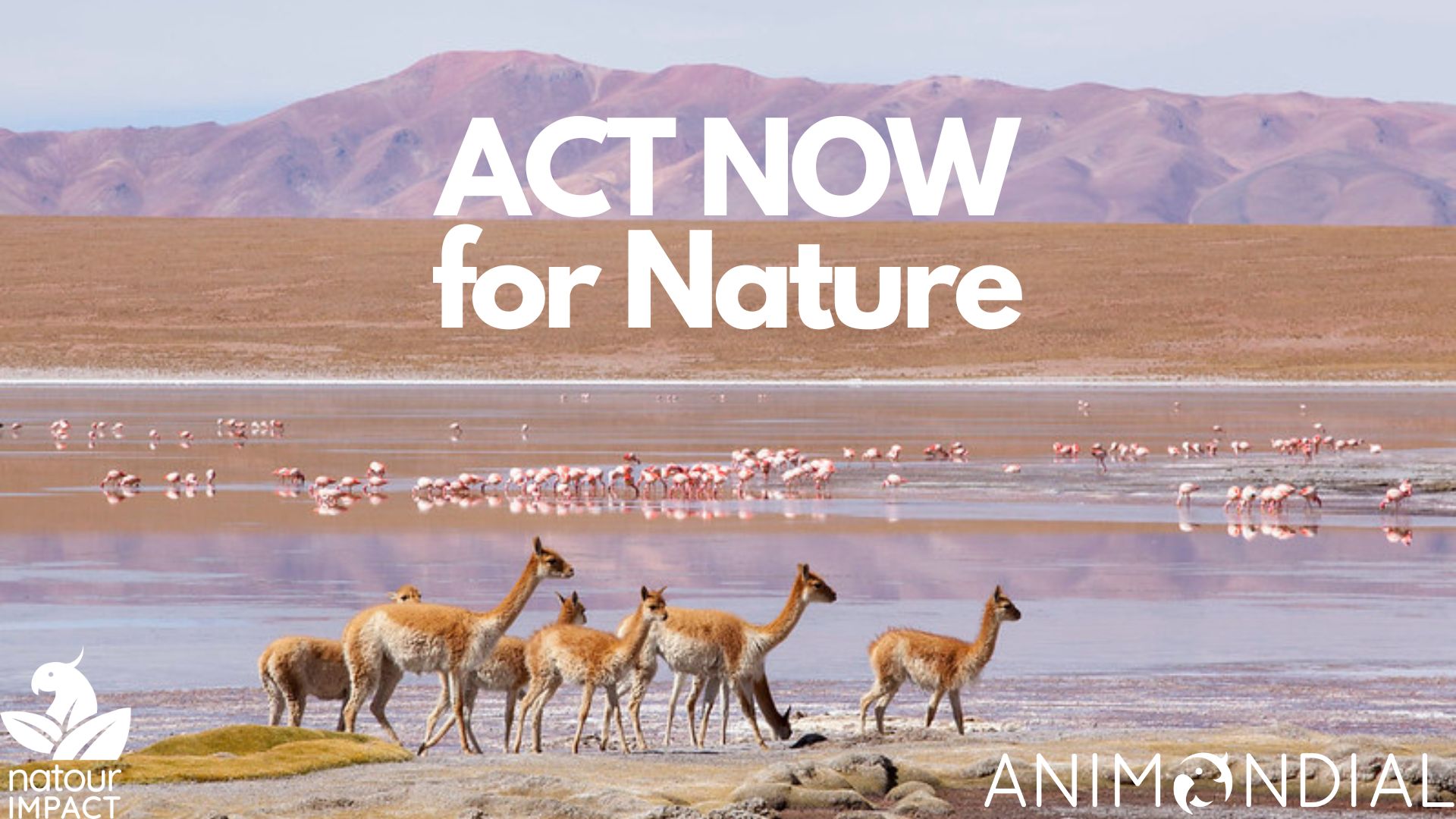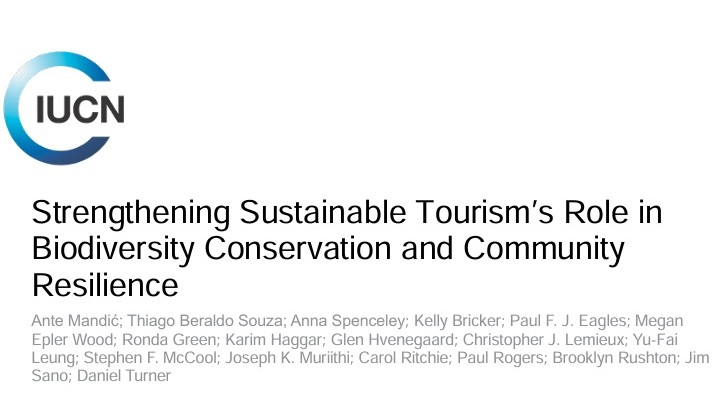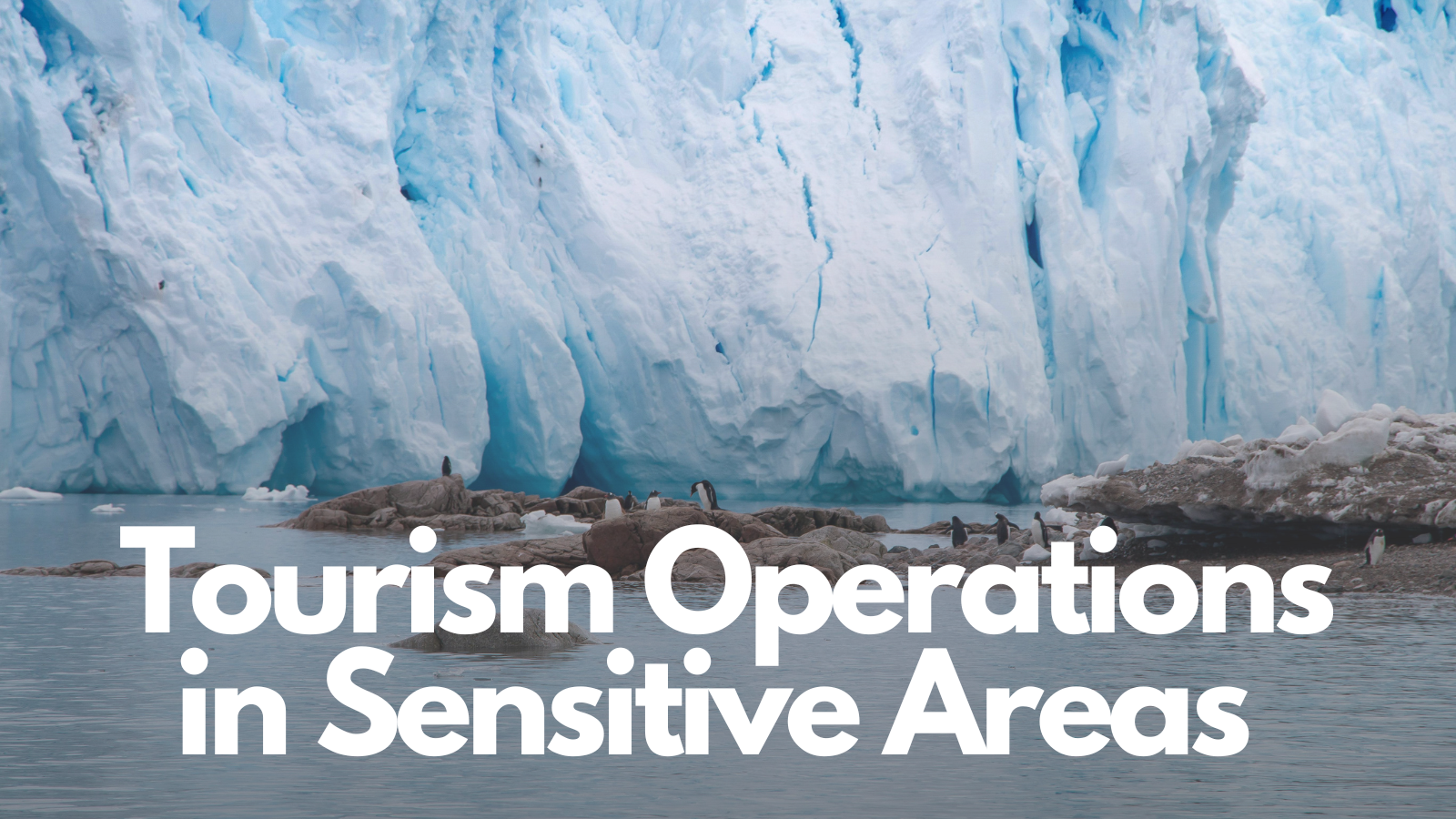
responsible tourism Tag
- All
- RESOURCES
Operating in sensitive areas: reducing business risks
24 September, 2025
A Meaningful Commitment to Animal Protection
30 June, 2025
Nature4NetZero – Keep it simple
24 February, 2022
CoP26: Mind the Gap!
29 November, 2021
Working in harmony with nature
27 October, 2021
CoPs & Dodgers! Defining steps to reduce the global crises
23 September, 2021
The ‘Make-or-Break Decade’ to Protect Nature
29 July, 2021
Earth Day: Nature protects us all
22 April, 2021
ANIMONDIAL declares a climate emergency
25 March, 2021
Save ‘Life Below Water’
25 February, 2021
Adventure Travel Guide Standard
01 February, 2021
Build Back Better: can sustainable tourism regenerate nature?
28 January, 2021
Build Back Better for Animals – Defining your commitment
18 December, 2020
The paradox of elephant-friendly tourism
01 December, 2020
Everyone needs nature, but nature needs us too
25 November, 2020
Join the Sustainability Revolution!
29 October, 2020
The Adventure Travel Guide Standard: Facilitating Responsible Travel
29 September, 2020
Time to Build Back Better for Animals
26 August, 2020
Save nature; save ourselves
20 May, 2020
Sustainable vs Responsible Tourism – that is the question?
17 December, 2019
ABTA Animal Welfare Guidelines
01 December, 2019
ANIMONDIAL: Bringing compassion to animals in tourism
26 September, 2019
Animal Welfare in Tourism Starter Kit for SMEs (trailer)
30 November, 2018
Managing tourism’s animal footprint
01 May, 2018














